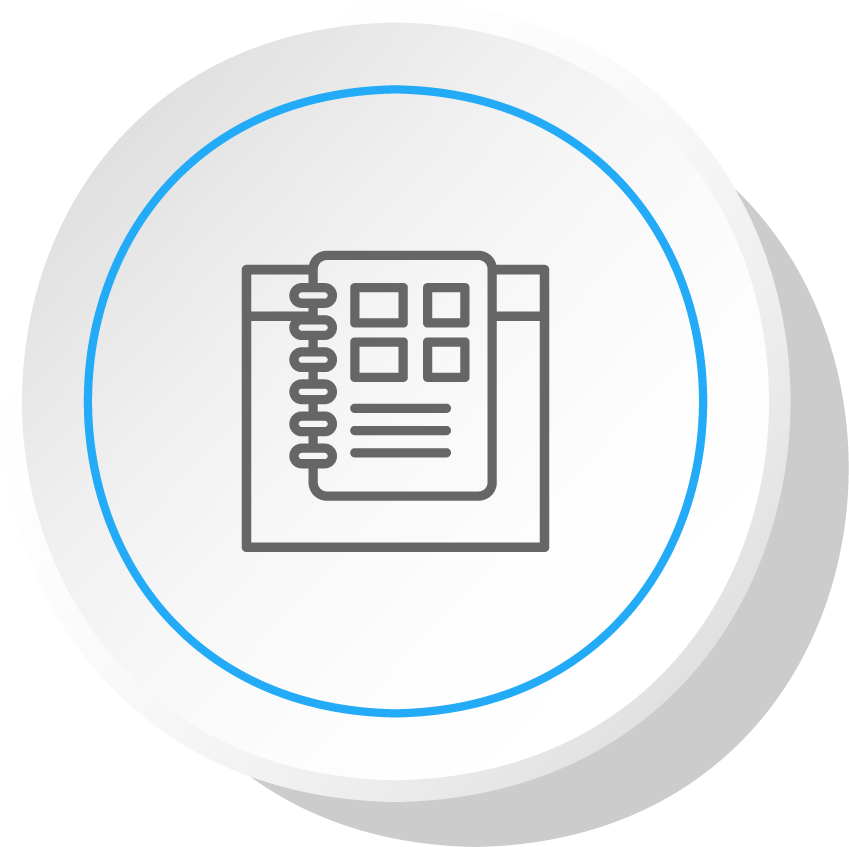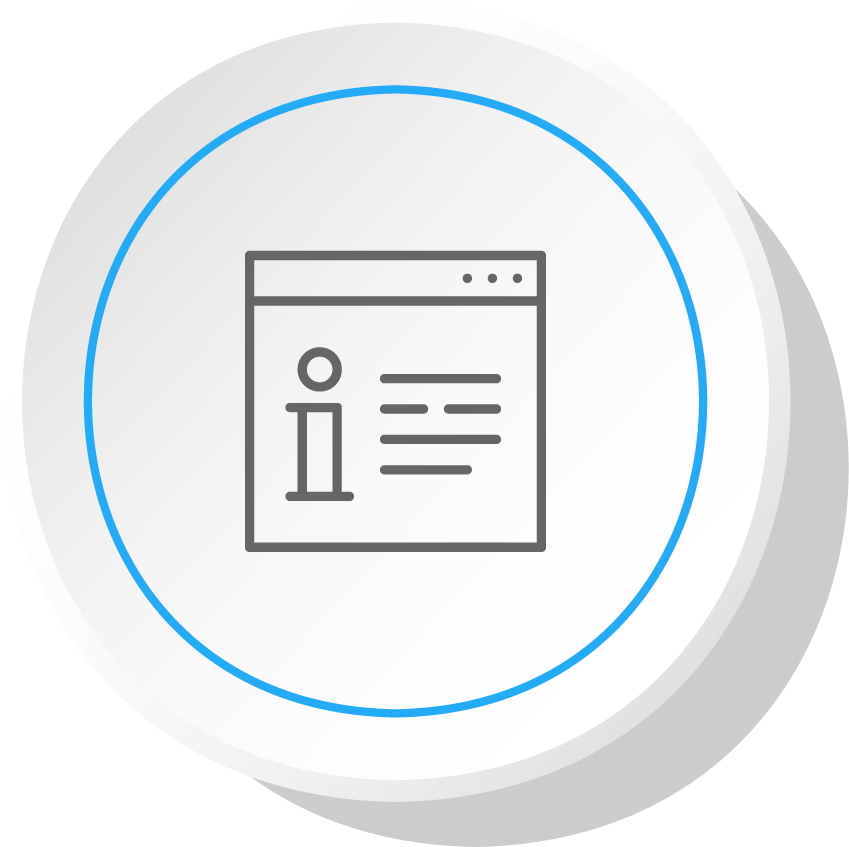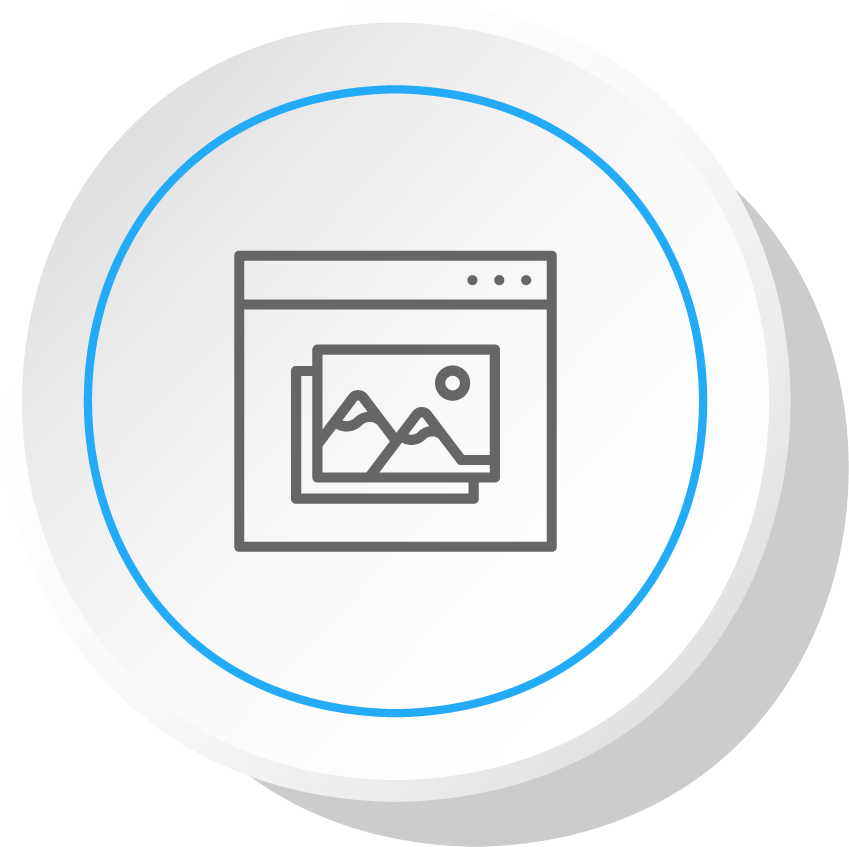eCommerce
What you see on a website is the front. A real bricks and mortar store has lots going on the the back office. An online store is no different and in many respects harder because there is nothing to touch and no one to ask, so product descriptions have to be tip top.

Website Design
Everyones' taste is different, so it is absurd to believe what you like is what every shopper likes. Poor design is not going to stop anyone if the product is what they want and the experience smooth. The job of a website is much much bigger than it appears. Every click counts in so many ways. A click is the start of a statistical journey, carefully tested so that the journey reveals trends. It should gather as much information as a marketing interview might, but better
SEO
Any site sits in a worldwide mall alongside all those insider ecommerce platforms like Etsy, BigCommerce, Squarespace, Zyro and Volusion, to name a few, with enormous resources. You need to shout very loud to be heard. Knowing the sophistication of the methods used by smart SEO professionals is a start. Many do nothing else but study the behaviour of search engines.
CRM
Managing customer experience is a thankless task. Customers who lose interest, leave the site as fast as they arrived. Visitors expect good service and an experience they could not describe if asked, but it is nevertheless their right. The worst thing you can do is not even realise you are losing them. Knowing who is visiting your site and who left unsatisfied is fundamental to the enterprise's success, not just the site.
ERP
Organisations have departments with systems and they are not inclined to change to suit a website. Linking data to other systems is an essential part of streamlining the delivery of a real-time online product catalog.
Digital Assets
Asset management is a vital link in the chain of product content management, particularly for multichannel stores. It needs to go further that just a website by associating different image types like high resolution, video, diagrams and specification sheets to products and categories. A single source of images is essential.
PIM
Confidence in the accuracy of online content can be improved with a product information management system (PIM) that streamlines the product data delivery. This approach is beneficial for 6 to 10,000 SKUs but essential for more that that, particularly for omnichannel businesses. A system that offers segmentation of sales channels between eCommerce, paper catalogs and bespoke customer catalogs in more than one language becomes a necessity for some larger businesses. Some systems include a paper catalog management tool.
e-Commerce
It is not realistic to expect to replace 100 years of bricks and mortar high street presence just because you can do a bit of HTML and have a flair for design.
Our Solutions
-
Digital Catalogs
 Use a publishing system with existing variable templates and turbocharge the process. The system auto-builds a PDF ready for your favourite flip book.
Use a publishing system with existing variable templates and turbocharge the process. The system auto-builds a PDF ready for your favourite flip book. -
Product Catalog Software
 Catalogs absorb senior management time. Instant page visualisation, speeds planning, reduces proofing and shortens time to market.
Catalogs absorb senior management time. Instant page visualisation, speeds planning, reduces proofing and shortens time to market. -
Product Information Management - PIM
 It's all about content you can trust. Once you have it you can do everything on this page.
It's all about content you can trust. Once you have it you can do everything on this page. -
Digital Asset Management - DAM
 The photo shoot’s done, select the winners, add meta information and link them to products, all within the same web app
The photo shoot’s done, select the winners, add meta information and link them to products, all within the same web app -
eCommerce
 New products on the website? Start promoting them. Add upsells, cross sells, price deals - all in one place.
New products on the website? Start promoting them. Add upsells, cross sells, price deals - all in one place.
